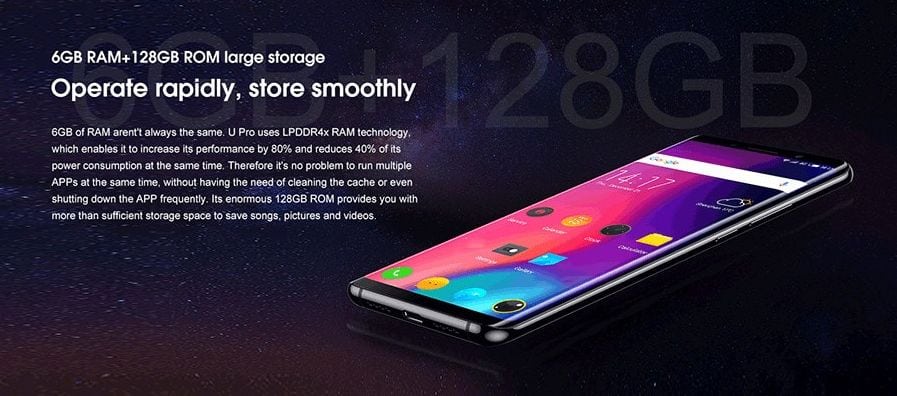A Review of the Xiaomi Pocophone F1
Continuing its success streak with mid-range smartphones that come loaded with features, Xiaomi has launched a new line-up by the name Pocophone.
The sweet-sounding name may give the impressions of it being just another new kid on the block, but if you look at the specs of the Pocophone F1, it becomes amply clear that this new range from the house of the Beijing-based tech company, Xiaomi, will give the competitors many a sleepless night.
There is just about no other mobile manufacturer in the fray that packs as many features in its mobile phone for as little money as Xiaomi, and Pocophone F1 is another proof of that.
The only thing that remains to be unraveled is whether this smartphone looks as good in real life as on paper. In this Xiaomi Pocophone F1 review, we try to find out:
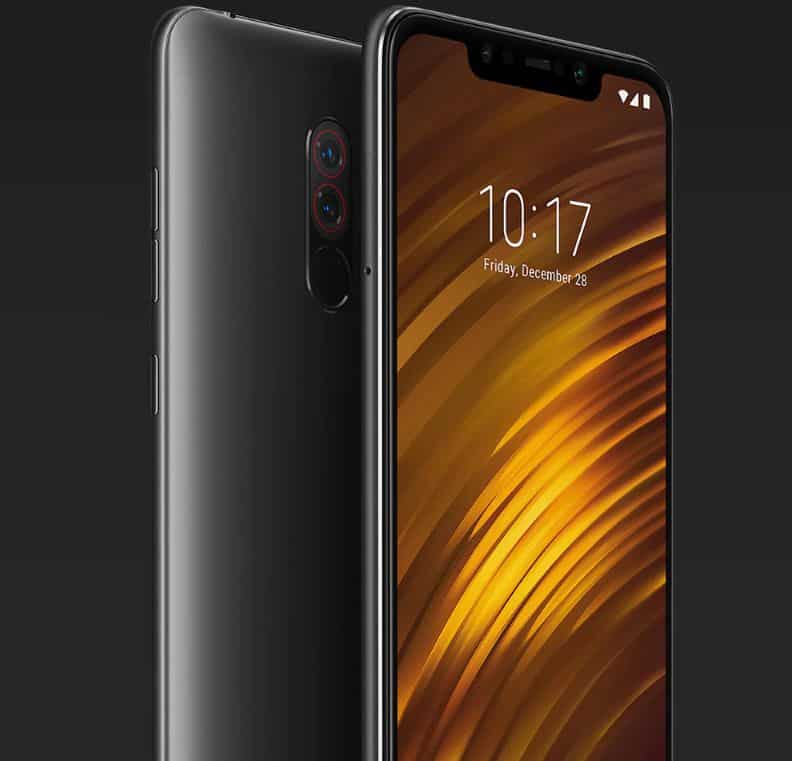
Xiaomi Pocophone F1 Ratings
Design – 2.5 stars
Xiaomi Pocophone F1’s plastic body lacks the premium finesse of metal and glass composition and basic water and dust protection
Display – 3 stars
What could have been a potentially great display suffers on account of lack of OLED
Performance – 5 stars
The Pocophone F1 runs the Snapdragon 845 AIE from Qualcomm processor, the fastest in the market, supported by 6 or 8 GB RAM and an MIUI processor on par with Android Oreo 8.1
Camera – 4 stars
Great dual camera set up for the primary camera and an impressive 20 MP front snapper
Overall – 4 stars
A great mid-range smartphone that delivers solid performance and functionality but comes across as lacking in looks and aesthetics
What Works
- Unparalleled price to performance ratio
- Impressive power
- Great battery life
- Mini jack port
What Doesn’t
- Not water resistant
- Average display
- NFC missing
Xiaomi Pocophone F1 Overview
The Xiaomi Pocophone F1 is a phablet with a 6.18-inch display designed for a vivid visual experience. The phone comes with 12MP + 5 MP dual camera set up and a 20 MP front snapper capable of delivering high-end images in the resolution range of 2246×1080 pixels.
The Xiaomi Pocophone F1 comes loaded with top-of-the-line features that include 6GB RAM, 64 GB of internal storage, a powerful 4,000 mAh battery, Qualcomm Snapdragon 845 Octa Core processor and MIUI 9.5 OS, equivalent of Android Oreo 8.1.
The F1’s Design
The Xiaomi Pocophone F1 certainly does not boast of the most sought after or outstanding design in comparison to other smartphones of its generation.
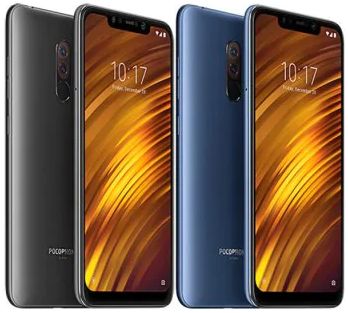
The first lackluster element is its all-plastic body, which makes you miss the feel of metal and glass that is a regular feature in present-day devices. The Xiaomi offering isn’t particularly good looking or exceptionally slender either.
What works for the Xiaomi Pocophone F1, however, is the sturdy workmanship that lends a great feel-good factor to the handset despite these shortcomings. Of course, it can be argued that an all-plastic isn’t necessarily a bad thing, for the material comes with its own advantages.
For one, plastic enables better transmission of radio signals as compared to metal. It is also a more sturdy material, much less prone to damages.
What Xiaomi could have done to optimize the all-plastic body of the Pocophone F1 is to add a removable back to facilitate battery replacement. This easy-to-implement feature is sadly missing.
The phone lacks water or dust protection, so users need to be extra cautious in handling it.
The fingerprint sensor is located under the camera sensors at the back and is easily accessible. On the right side, you have the two volume controls as well as the power button. The left side has been reserved for the dual hybrid slot that can be either used for inserting two SIM cards or one SIM and one memory card.
The bottom side of the phone’s body houses the speakers, jack port, microphone, and a USB Type-C port.
The complementary silicon cover that comes with the box is a nice addition, as it helps protect the phone from scratches and also keeps the matte finish body from looking dirty and worn out.
All in all, the Xiaomi Pocophone F1 has been designed for practicality more than elegance.
Display
The Xiaomi Pocophone F1 sports a large 6.18-inch IPS display with a 1080×2246 pixel resolution and 18.7:9 display ratio owing to its large notch.
In terms of the display design, the Xiaomi Pocophone F1 looks like a spitting image of the Xiaomi Mi8. The screen has a Gorilla Glass protection, however, it is unclear which version of it the Pocophone F1 uses.

The IPS panel on this phone sadly lacks an OLED but the display offers a nice and natural gambit of colors in spite of it. The black levels of the display are pretty neat but nowhere close to what you get with OLED displays.
Nonetheless, the color contrasts on the phone are convincing. If one had to draw to parallels, the display of the Xiaomi Pocophone F1 comes close to that of the Mi MIX 2S.
The Pocophone’s screen has some hard-to-overlook weak points. The lack of uniform lighting and presence of some visible halos being the most disturbing of the lot.
The generously rounded edges of the phone also contribute to the display issues, as these take up too much space and end up affecting the brightness of the screen. This coupled with the reflective glass makes it a tad difficult to use the smartphone in the bright outdoor light.
On their own, these weaknesses in the Pocophone F1 may seem small and inconsequential but together they add up. It is safe to the say that smartphone’s display isn’t its strongest point and ends up disappointing, especially if you have been used to handling high-end flagship phones.
Much as the screen is disappointing, if you enjoy watching videos on your phone, you have the option to get a pocket-sized portable HD projector. There are plenty on the market today but the PiQo projector takes the lead for being the most advanced portable projector, bringing next-generation technology to your hands.
Still, for a phone selling in the sub-$400 categories, the display is as good as it gets.
Performance
The Xiaomi Pocophone F1 comes with a Snapdragon 845 AIE from Qualcomm under the hood, which is the fastest processor in the market today.
The inclusion of a top-of-the-line processor in a mid-range phone resonates with the marketing slogan ‘Master of Speed’, making it amply clear that Xiaomi intends to peg the Pocophone F1 as the cheapest fastest smartphone in the market.
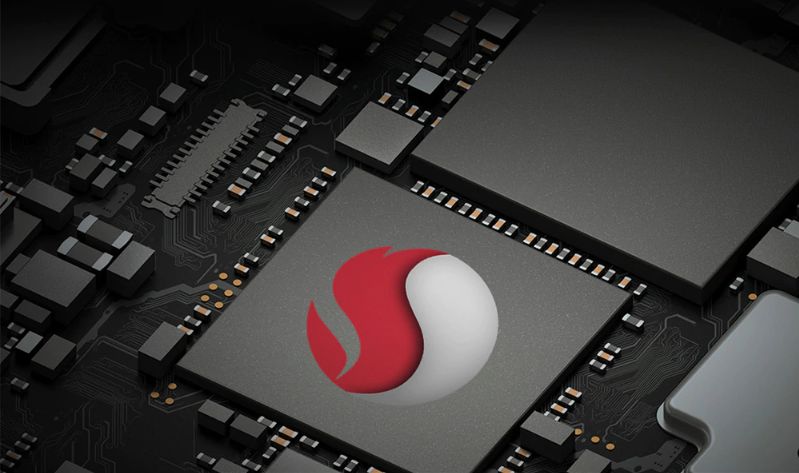
Speed is the one thing that counts the most as far as the performance of a phone is concerned, and enhancing this speed is the generous 6 or 8 GB RAM. The phone also comes in 64, 128 and 256 GB variants of internal storage, each expandable with a MicroSD card.
The Pocophone is also capable of cutting-edge performance as far as graphics and computing prowess are concerned. The phone can play 4K videos, heavy-duty games and perform other demanding tasks with ease.
Even when multitasking or with multiple apps running in the background, everything runs seamlessly and quickly without any apparent delays in the loading of apps or problems with the phone hanging mid-day.
It also comes with a sophisticated cooling technology that makes sure the phone does not heat up even with prolonged uninterrupted usage during gameplay or video playback.
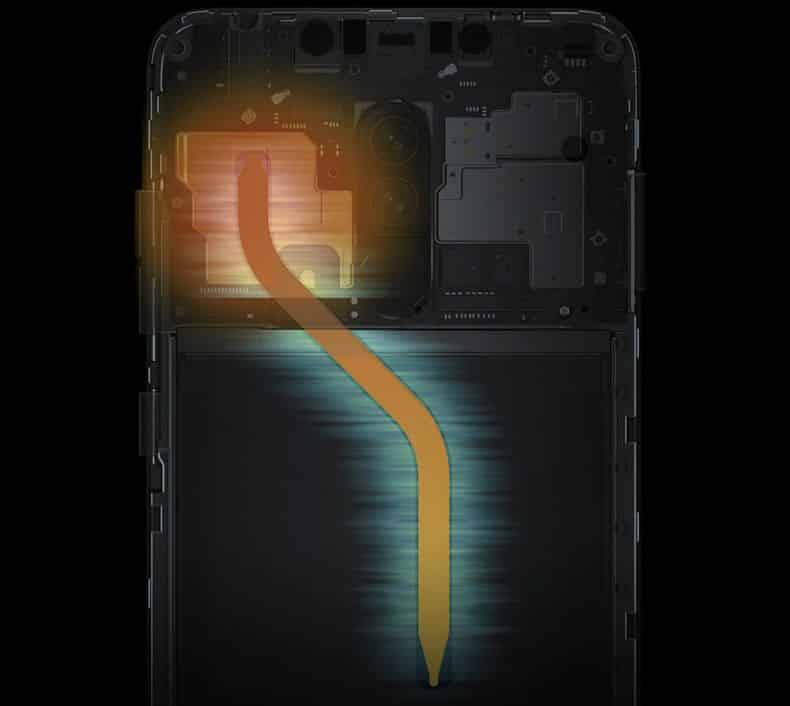
Operating System
The Xiaomi Pocophone F1 runs the MIUI 9.5 – Xiaomi’s homegrown operating system – that runs on the lines of Android 8.1. The Pocophone F1, however, comes with several tweaks to this operating system such as a new launcher to make the system fast, fluid and responsive.
The makers claim that these optimizations have resulted in a 28 % faster launch rate.
The operating system, on the whole, is not very different from the standard MIUI version, except for the inclusion of the launcher. The Pocophone F1 comes with a modern looking, easy to use user interface.
The smartphone also comes with a pre-installed folder of Microsoft apps such as the basic Office apps as well as Skype. However, some users have reported this folder going missing when the phone is reset.
The difference between MIUI and Android is quite apparent when you use the F1. Despite Xiaomi’s best efforts to optimize its operating system for the Pocophone F1, some glaring shortcomings remain.
The most unsettling of these is the time spent on searching for specific options in the Settings menu, as things are sorted a lot different than what an Android user may be used to. But then someone used to MIUI may say the same thing about Android.
Camera
The Pocophone F1 comes with dual camera setup for its primary snapper with a vertical arrangement of a 12 MP f/1.9 and a 5 MP f/2.0 camera. The combination works well to create an artificial bokeh effect and capture the depth of field.
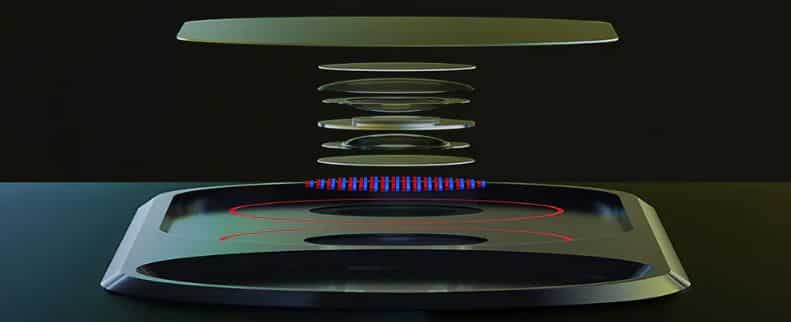
The stand-out addition here is the striking 20 MP f/2.0 camera on the front that is placed in the notch and used for selfies, video calls as well as face recognition.
The front camera works in tandem with infrared LED also located in the notch to facilitate the unlocking of the device even in complete darkness. Besides, the 20 MP camera also brings out great detail and soft natural colors in selfies.
The image exposure, sharpness, and dynamics are in the perfect order to deliver some stunning shots.
The image quality, however, takes a hit in dimmer light and the sharpness suffers. But again, you ought to remember that this is a $400 price range smartphone still delivering results comparable to expensive flagship phones.
The only trouble is the aesthetics of using the front snapper for video calls. The 20 MP camera and the proximity of the device to your face when making video calls really highlights the imperfections of your skin, which can be quite a dent to your sense of self.
Battery
The Pocophone F1 comes with a humungous 4,000 mAh battery. This means you can expect a long run time from your Pocophone F1 even with constant, heavy-duty use.
Xiaomi promises a runtime of one and a half days when used under normal conditions on a single full charge. Even if you are using the Pocophone F1 to watch movies or play games, you can expect it to last an entire day.
The phone also comes with wireless charging capabilities with Quick Charge 4.0 support.
Reliable Face Recognition
To have face recognition feature in a phone at Xiaomi Pocophone F1’s price point is in itself a welcome surprise. What makes it a whole lot better is the efficiency of the face recognition feature.
The feature relies on a mix of front camera and infrared sensor to unlock the device and works surprisingly well even in pitch dark settings.
It certainly has one of the most reliable and fastest face-unlock capabilities in the range of smartphones that come equipped with this functionality, and that includes some of the most premium smartphones on the market today.
The retention of the fingerprint sensor as the second biometric feature that is quick and reliable is a smart move on part of Xiaomi.
Availability
Xiaomi does not have much of a presence in the US yet, and so, the Chinese maker has no plans to officially launch the Pocophone F1 in the US market.
It is currently being shipped to markets like India, where Xiaomi devices have captured a significant market share in recent years, and Europe, which has seen a growing demand for these offerings of late.
Buyers from around the world including the US can buy the Xiaomi Pocophone F1 from Gearbest, where the device is currently selling on a special discount at $329.99 for 6 GB RAM and 64 GB internal storage version.
The Pocophone F1 is available in exciting color options – Steel Blue, Rosso Red, and Graphite Black, besides a premium Armored Edition with Kevlar.
At this price point, Pocophone F1 will not only take on its competitors, including the flagship OnePlus smartphones but also stands a good chance of overshadowing other Xiaomi offerings on the market currently.
The Bottom Line
The Pocophone F1 does have its share of limitations and shortcomings but it is still a device with the potential to shake up the market.
While its design and display may not be its strongest points, what works for this smartphone is the ever-lucrative combination of impressively strong hardware at a stunningly low price.
The mid-range budget segment has been an exciting place for buyers in a lot of markets and Pocophone F1 is poised to establish itself as the shiny new fish in that pond.
Xiaomi has carefully built its fortune by posturing itself as a manufacturer of budget and mid-range devices without coming off as ‘cheap’. That is a tricky balance to strike but Xiaomi has managed to get that right time after time, and the Pocophone F1 is no exception to that trend.
It will certainly emerge as one of the most exciting smartphones of the year that will create quite a flurry in the market and rake in some big dollars for its makers.

